Best Seasons for Window Replacements
Window replacements are most effective when performed during specific seasonal periods that allow for optimal installation conditions. Proper timing can ensure better sealing, energy efficiency, and reduced installation challenges.
Spring offers moderate temperatures and longer daylight hours, making it ideal for window replacements. Mild weather reduces the risk of weather-related delays.
Summer can be suitable if scheduled early or late in the season. High temperatures may affect certain materials, but longer days facilitate efficient work.
Fall provides cooler weather and less humidity, which can aid in proper sealing and insulation of new windows before winter.
Winter is generally less recommended due to cold temperatures and potential for snow or ice, which can hinder installation and curing processes.
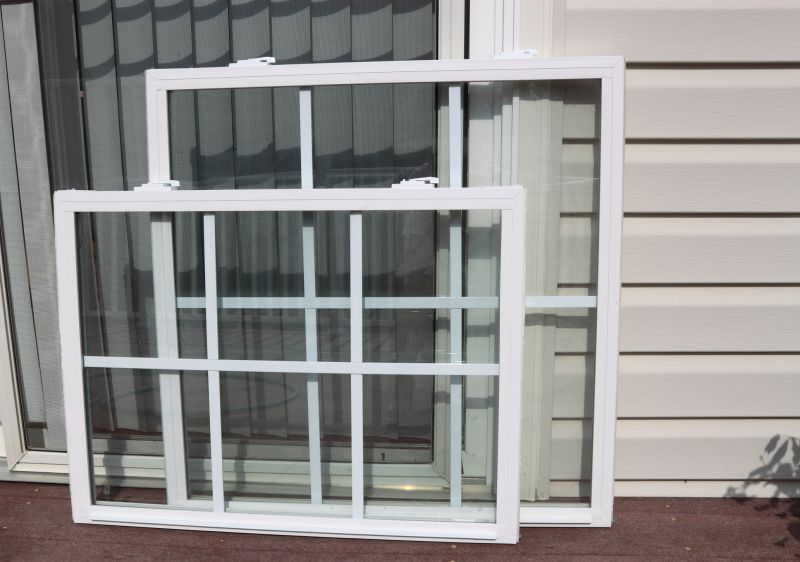
Ways to make Window Replacements work in tight or awkward layouts.
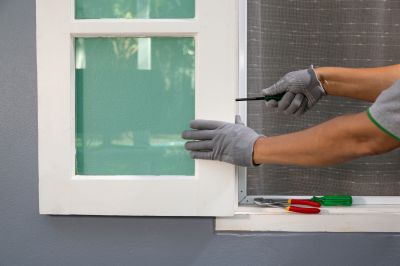
Popular materials for Window Replacements and why they hold up over time.

Simple add-ons that improve Window Replacements without blowing the budget.
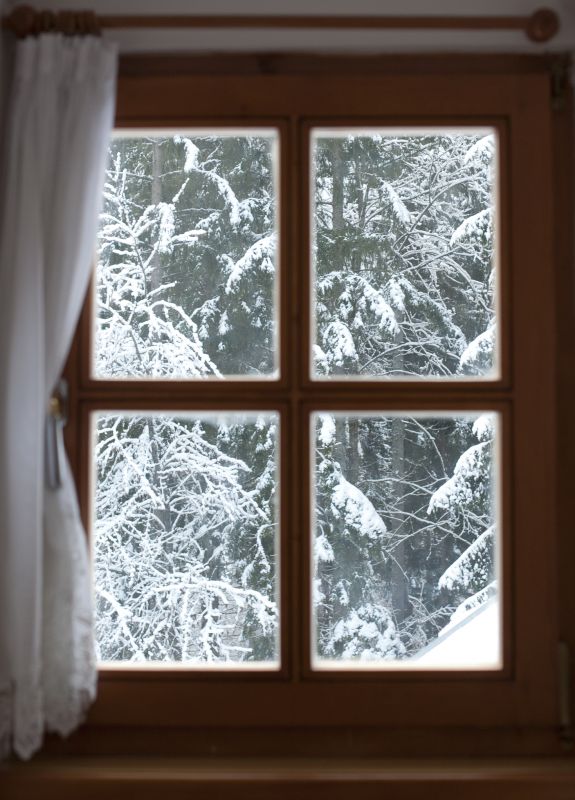
High-end options that actually feel worth it for Window Replacements.
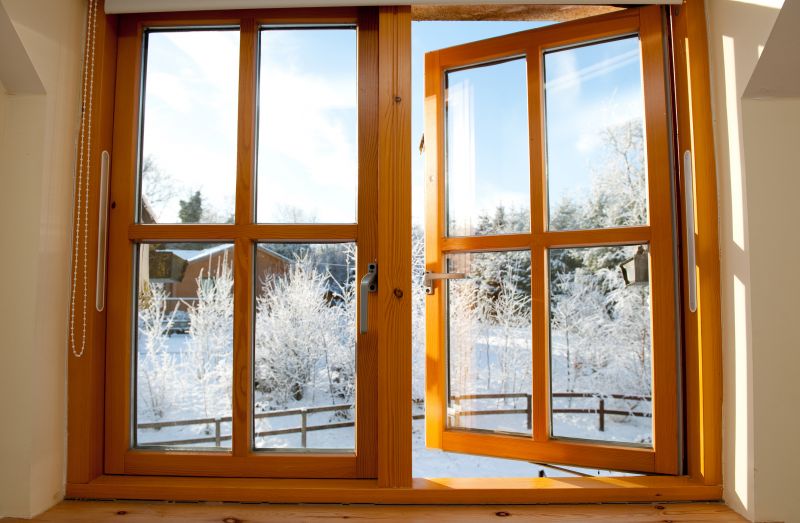
Finishes and colors that play nicely with Window Replacements.
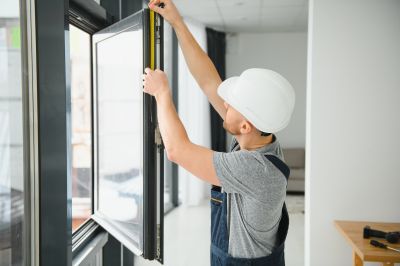
Little measurements that prevent headaches on Window Replacements day.
Window replacements involve removing existing windows and installing new units to improve energy efficiency, security, and aesthetics. Proper timing ensures the best results, minimizes disruptions, and extends the lifespan of the new windows. Seasonal weather impacts installation quality, with milder conditions reducing risks of warping, seal failure, or delays.
| Season | Ideal Conditions |
|---|---|
| Spring | Moderate temperatures, longer daylight, low humidity |
| Summer | Early or late in the season, avoid peak heat |
| Fall | Cooler weather, less humidity, pre-winter readiness |
| Winter | Cold temperatures, snow, and ice can cause delays |
| Optimal Seasons | Spring and fall for best installation conditions |

A 60-second routine that keeps Window Replacements looking new.
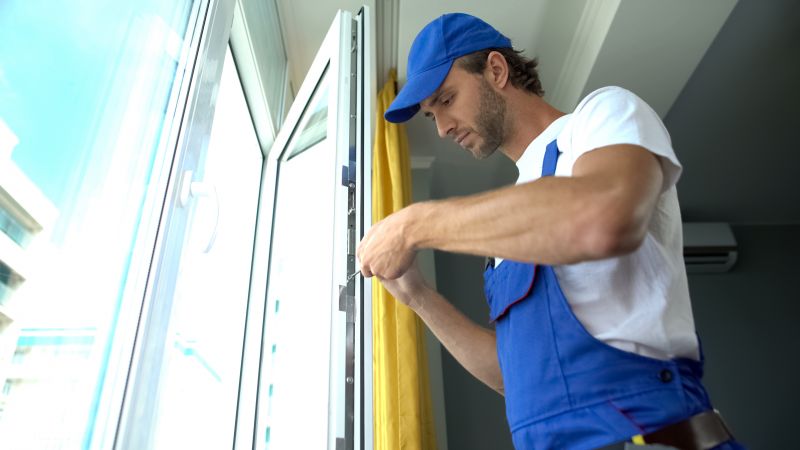
A frequent mistake in Window Replacements and how to dodge it.

Small tweaks to make Window Replacements safer and easier to use.

Lower-waste or water-saving choices for Window Replacements.
Choosing the right time for window replacement can improve energy efficiency and reduce long-term costs. Scheduling during favorable weather conditions helps ensure proper sealing, insulation, and performance of the new windows. Consulting with professionals can help determine the most suitable period based on local climate and project specifics.
Individuals interested in scheduling window replacements are encouraged to contact for further details and assistance. Proper timing can enhance the longevity and performance of new windows, making it a valuable consideration for property improvements.
